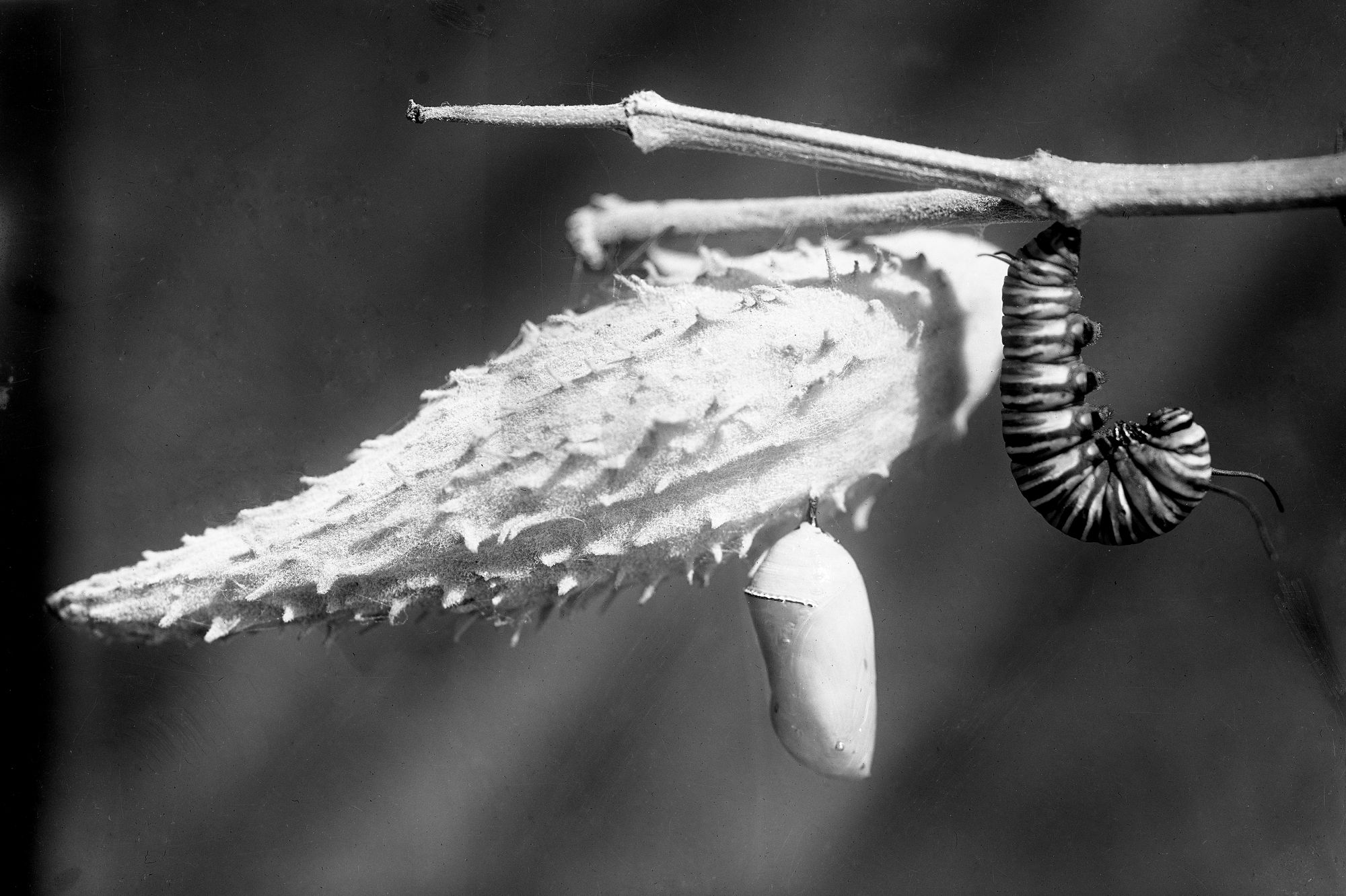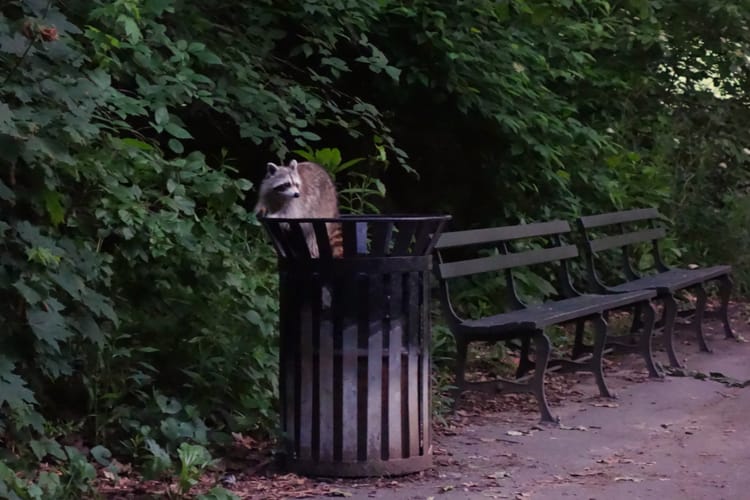Milkweed Blooms Draw Monarchs

Some of New York City’s diverse topography was formed by the staggering shifts of glaciers, some by the rolling currents of the rivers, some by an ancient chain of mountains that eroded into hulking bedrock. And then there are the bucolic hills of Staten Island shaped by a bunch of trash.
The 2,200 acres of Fresh Kills were a landfill until 2001. Thanks to aggressive landscaping, the heaps of garbage that once mainly attracted the natural wonder of black fly swarms and more scavenging gulls than any other site in the city are now a respite as a park for both humans and wildlife. This includes the monarch butterflies that migrate thousands of miles each summer, passing through the city on their way to central Mexico. Like the many weary travelers spending time in the city on summer trips, they need food and places to rest. They especially need milkweed to lay their eggs. Among the sweeping grasslands at Fresh Kills they can find clusters of both common and swamp milkweed. They can spend time undisturbed in these meadows, the city noise a murmur, the screech of seething clouds of gulls only a memory.
Witnessing the wildflowers of summer on the undulating slopes of Fresh Kills with their view to the distant city skyline, it can be easy to forget that this ground was shaped by refuse. But look closely at the grass, see the pipes? The waste below is still decomposing, refuse from decades past breaking down, and the gas is being carefully collected. Someday these pipes won’t be needed here, but the waste will continue elsewhere, consuming land and nature where there could be flowers. Do what you can, whether it’s a windowsill box or a pollinator garden, plant something that will bloom, make space for the clusters of milkweed flowers. The monarchs are returning.

- Monarchs were recently declared endangered due to the double whammy of habitat destruction and climate change. The western population declined by 99.9% between the 1980s and 2021. Less than 2,000 may survive. This makes protecting our eastern population (which lost a still-staggering 84% of its numbers in less than 20 years) all the more important. There have been bold proposals to protect migrating monarchs in our city, like an 8-story façade that would create a vertical butterfly paradise, but until those grand visions actually appear on our streets, even small projects like the DEC’s Rain Gardens or a runway-adjacent plot at JFK are havens for our electrically orange neighbors. Consider for a moment how incredibly special it is to see one of these creatures flutter by a fire hydrant on your morning walk to the train.
- Monarchs finding succor atop a landfill may be more appropriate than their delicate, ornate appearances at first suggest. Butterflies can be, shall we say, adventurous in their tastes and have been observed delighting in such delectables as urine, feces, carrion, tears, and human blood on (shudder) dirty socks.
- While milkweed provides obvious benefits to our city’s monarchs, weed is often a word with negative connotations. Perhaps we see weeds as invasive, ugly, and undesirable, toxic to our pets or children, or competitors with more rarified horticultural specimens. This week, though, take a closer look at the special beauty of those plants growing in the sidewalk’s cracks. There is pigweed (cultivated by the Aztecs, destroyed by the conquistadors, and known in Jamaica as the delicious and nutritious callaloo), Japanese knotweed (supposedly favored by Frederick Law Olmsted, but boldly “unquenchable”), pinkweed, sneezeweed, and ragweed (likely behind your sneezes, rather than the falsely implicated goldenrod); ribwort, swallowwort, and mugwort; mallow, henbit, and butter and eggs. The New York Botanical Garden has a delightful guide to weeds, should you wish to appreciate them further.




